Parque Ichon del Río Hangang (이촌한강공원)
3.4Km 2021-07-27
Ichon-ro 72-gil 62, Yongsan-gu, Seúl.
Situado entre los puentes Jungnangcheongyo y Wonhyodaegyo, el Parque Ichon del Río Hangang es un lugar muy visitado por la gente por su hermoso paisaje y por ser un lugar ideal para hacer ejercicios o para dar un paseo tranquilo.
El parque cuenta con muchas instalaciones deportivas como la Plaza de la Juventud, campo de fútbol, tenis, gateball, pistas de patinaje en línea, etc. También hay programas de rafting en lancha de goma, muy popular entre los estudiantes y trabajadores de oficina, ya que son ideales para aliviar el estrés acumulado durante la semana.
Jinju Hall (진주회관)
3.4Km 2020-05-08
26, Sejong-daero 11-gil, Jung-gu, Seoul
+82-2-753-5388
Jinju Hall is a restaurant specializing in kongguksu (chilled white soybean noodle soup) with over 40 years of history. Renowned for its rich soup of cold noodles, the restaurant uses fresh soybeans grown in Gangwon-do. The dishes are not only nutritious, but also effective in restoring people's appetites, often lost because of the summer's heat.
To make the restaurant's signature dish, buckwheat is mixed with ground soybeans and flour to make dough. The dough is shaped into noodles and boiled. They are then mixed with pulverized soybeans (which are slightly boiled) and cold broth. Boasting a simple taste, this cold soybean noodle dish is one of the most popular dishes in summer.
Gangseo Myeonok (강서면옥)
3.4Km 2020-04-17
35, Sejong-daero 11-gil, Jung-gu, Seoul
+82-2-752-1945
Gangseo Myeonok has been famous for over fifty years, having been the food of choice served to visiting dignitaries from North Korea at the time of the South-North Red Cross Conference. The restaurant has succeeded in carrying on the tradition of Pyeongyang-style naengmyeon. The native buckwheat from Gangwon-do mixed with starch makes for fine noodles, and the wonderful broth is made from beef brisket with white radish kimchi.
Altar Hwangudan (환구단)
3.4Km 2021-07-30
Sogong-ro 112, Jung-gu, Seúl
El Altar Hwangudan es uno de los altares donde se realizaban rituales sagrados. Los primeros se hicieron durante la dinastía Goryeo, a cargo del rey Seongjong, en el primer mes de 983 (2º año de su reinado), pero su realización se vio interrumpida en diversos períodos hasta que en 1456, ya en la dinastía Joseon, se retomaron estas prácticas. El Altar Hwangudan empezó a tener rituales 1457, pero en 1464 se abolieron nuevamente hasta 1897.
Twenty Four Seasons (Hanyang University) (이십사절기 한양대점)
3.4Km 2025-05-16
220, Wangsimni-ro, Seongdong-gu, Seoul
Sewoon Plaza (세운전자상가(세운전자플라자))
3.4Km 2023-09-05
Cheonggyecheon-ro 159, Jongno-gu, Seúl
The Plaza (더 플라자)
3.4Km 2025-06-04
119, Sogong-ro, Jung-gu, Seoul
The hotel is ideally situated in the center of Seoul, located close to many office areas, major banks, the hotel, and the city's main public transportation junctions. Namdaemun Gate and many shopping areas are not too far, making it convenient for business guests and tourists alike. Also, the hotel faces the Blue House and the former City Hall building directly at closer distance, completing a spectacular view over Seoul.
Yoojung Sikdang (유정식당)
3.4Km 2024-08-08
14 Dosan-daero 28-gil, Gangnam-gu, Seoul
Yoojung Sikdang is well-known, despite being located in a side-street, thanks to its having been frequented often by BTS members during their training days. BTS fans will love seeing the many pictures and posters of BTS decorating the walls, and can enjoy the same dishes loved by their idols. Some of the stars' most ordered dishes have had their names changed to reflect this.
Seomun Hoegwan(서문회관)
3.4Km 2021-03-18
47, Sejong-daero, 11-gil, Jung-gu, Seoul
+82-2-755-0897
A bulgogi specialty restaurant located near City Hall Station in Seoul. The most famous menu is Korean beef bulgogi. Experience bulgogi, a Korean traditional dish.
Museo de Arte Kansong (Edificio Bohwagak en Seúl) (간송미술관(서울 보화각))
3.4Km 2025-04-07
Seongbuk-ro 102-11, Seongbuk-gu, Seúl.
El Museo de Arte Kansong fue el primer museo de arte privado de Corea. Inaugurado como Bohwagak en 1938 por Jeon Hyeong-pil (Kansong era su seudónimo), el nombre cambió al actual Museo de Arte Kansong en 1966. Bohwagak fue declarado Patrimonio Cultural Nacional el 30 de diciembre de 2019. Jeon Hyeong-pil dedicó su vida a preservar e investigar las reliquias representativas de Corea, devaluadas y exterminadas deliberadamente durante la época colonial japonesa, así como a reconocer su excelencia y belleza cultural. El museo alberga 11 tesoros nacionales y 22 tesoros.
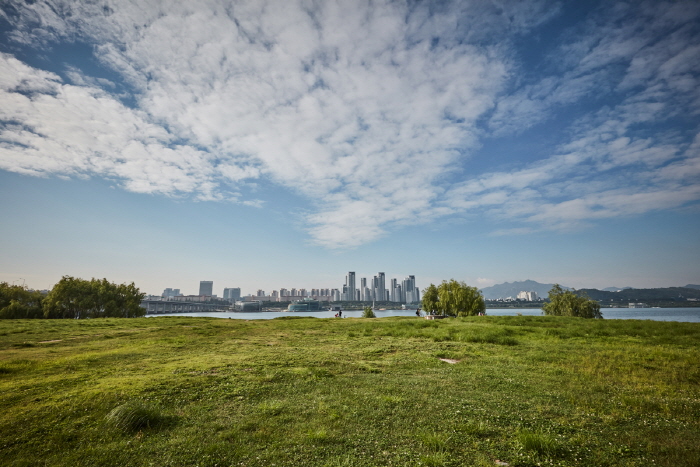
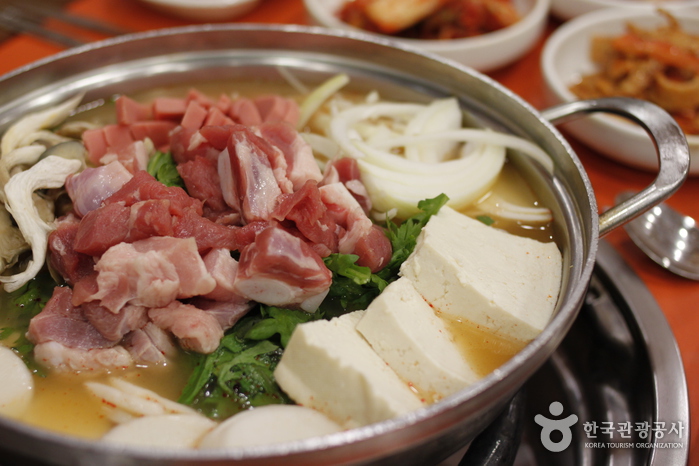

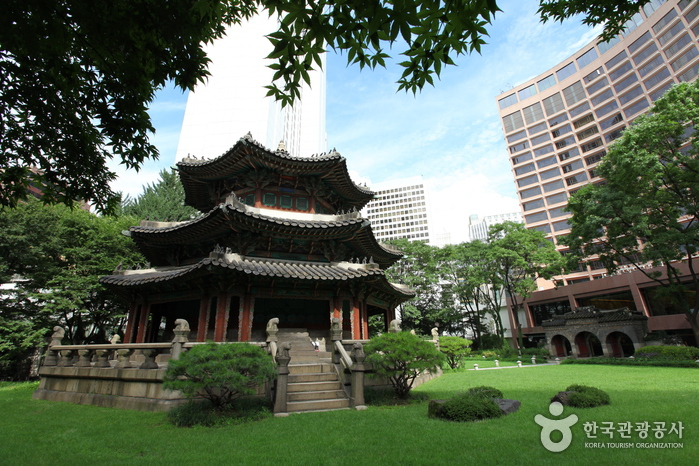
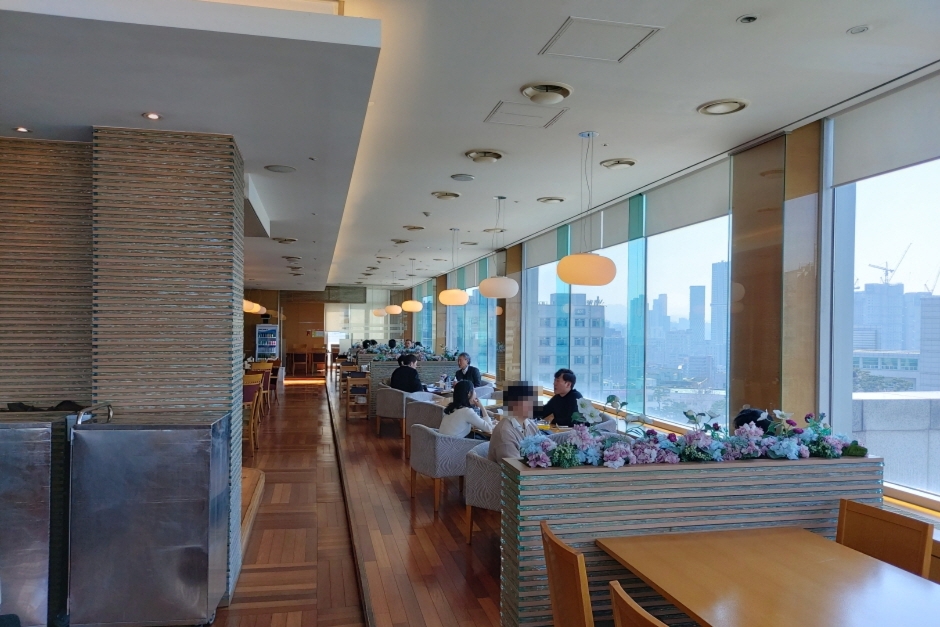
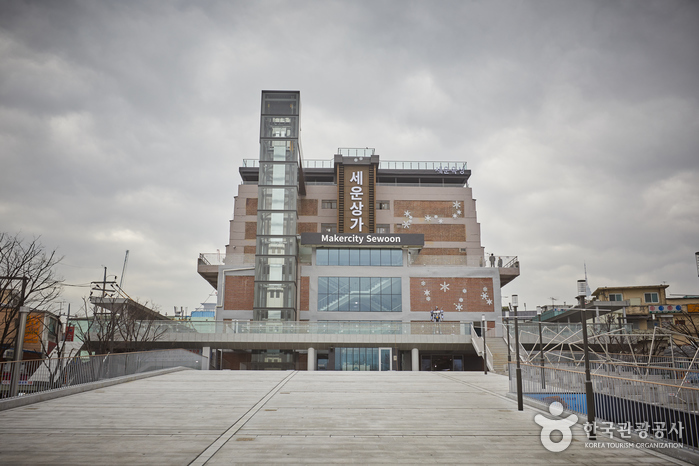
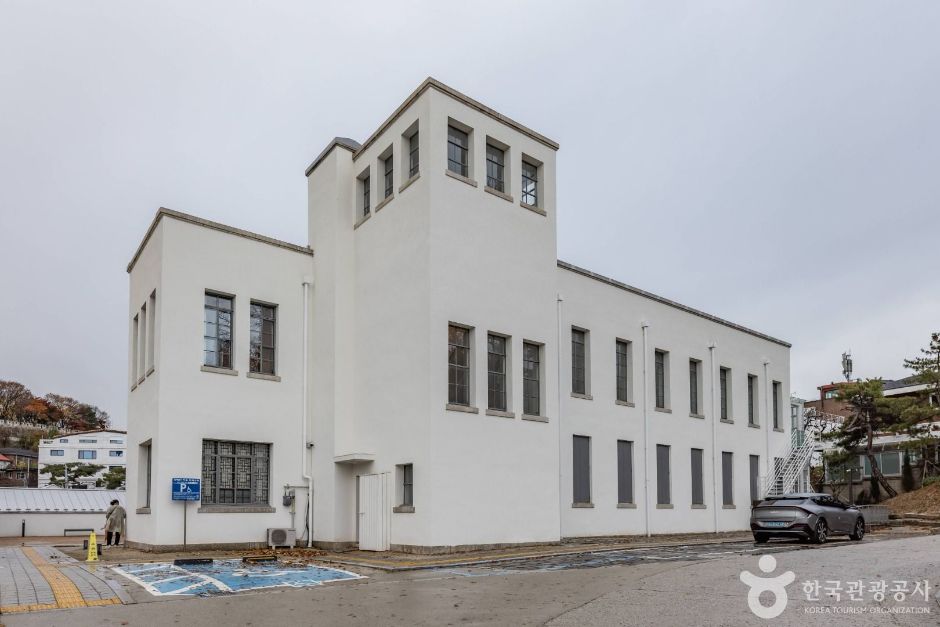
 Español
Español
 한국어
한국어 English
English 日本語
日本語 中文(简体)
中文(简体) Deutsch
Deutsch Français
Français Русский
Русский